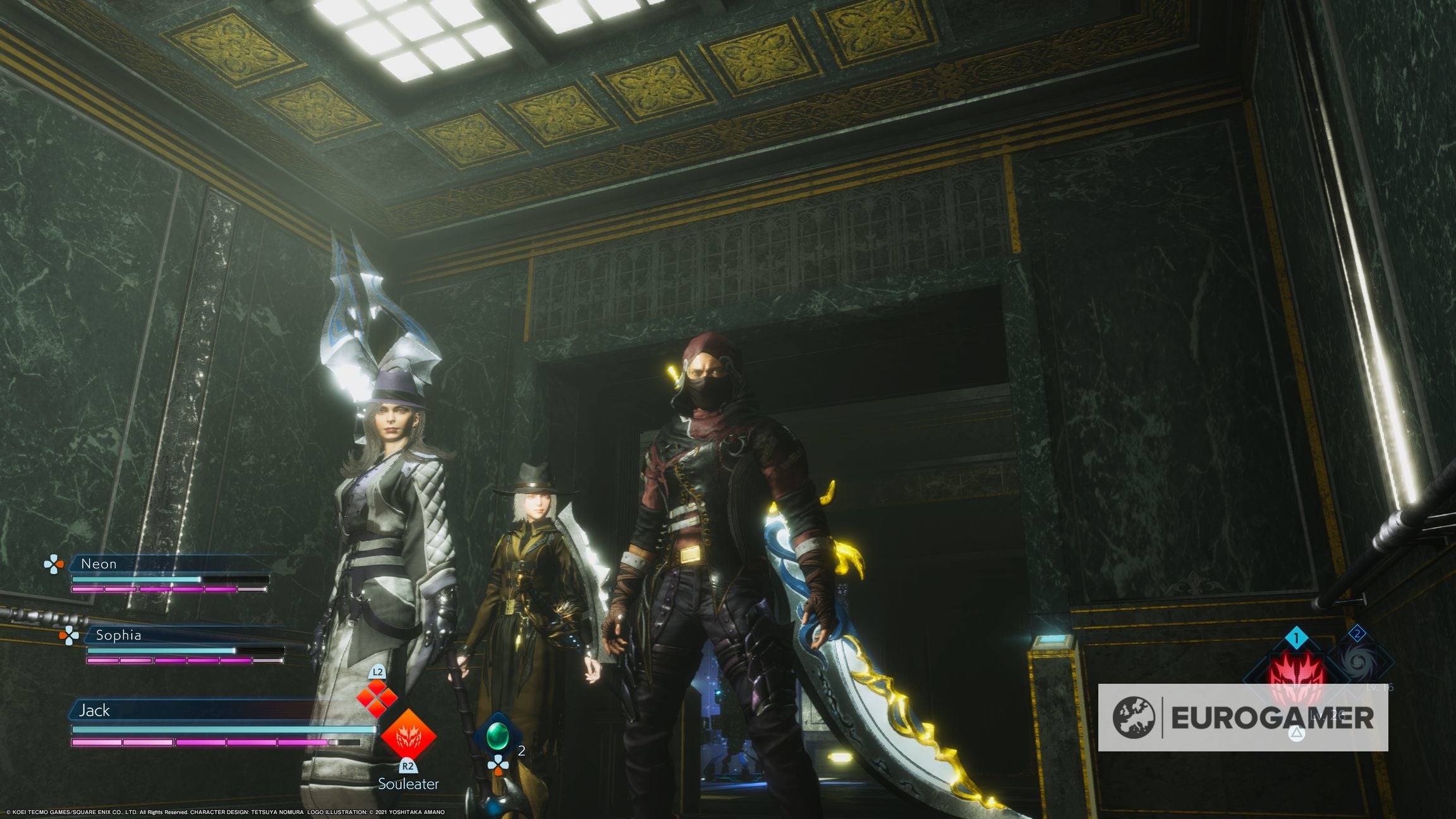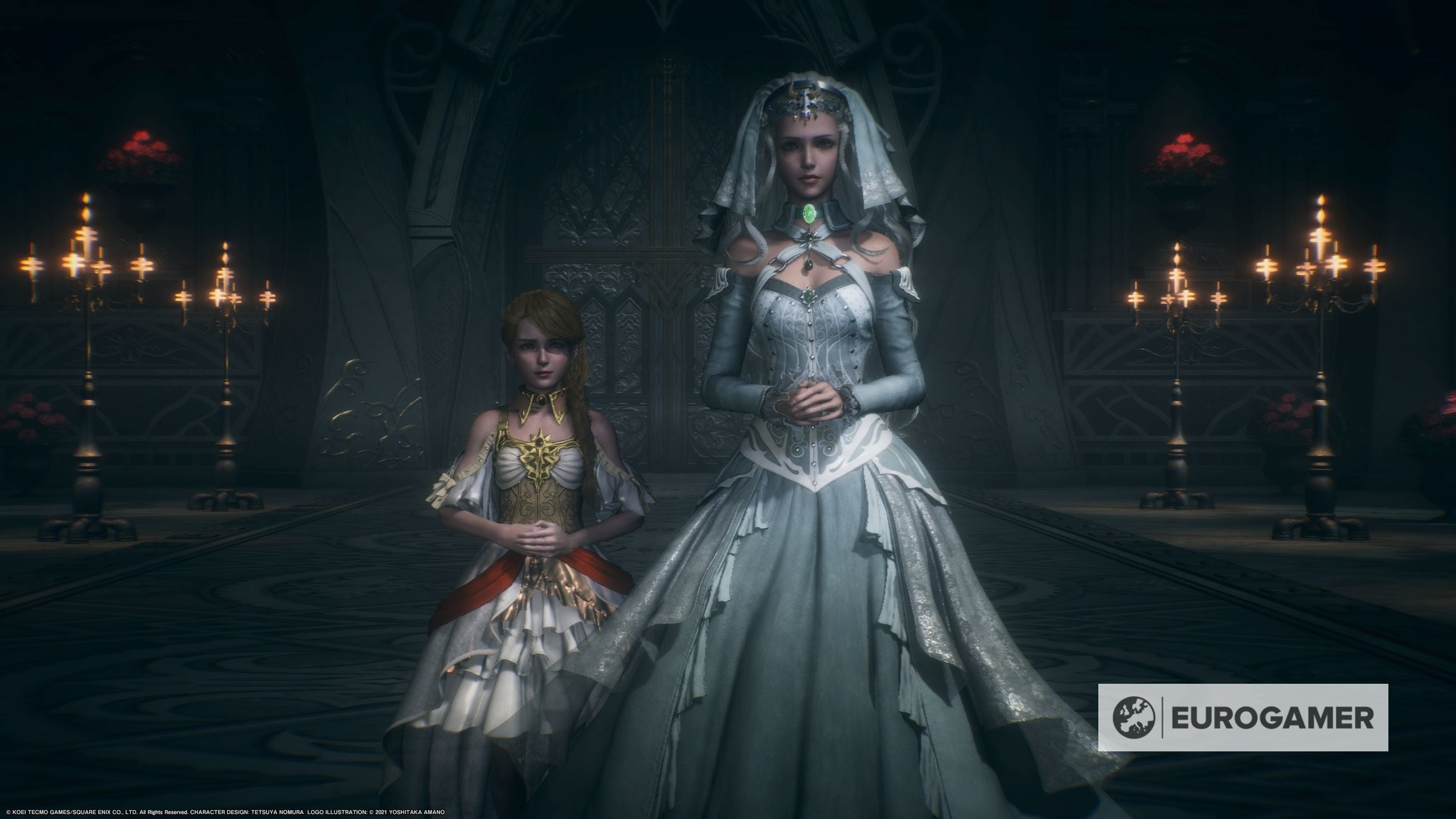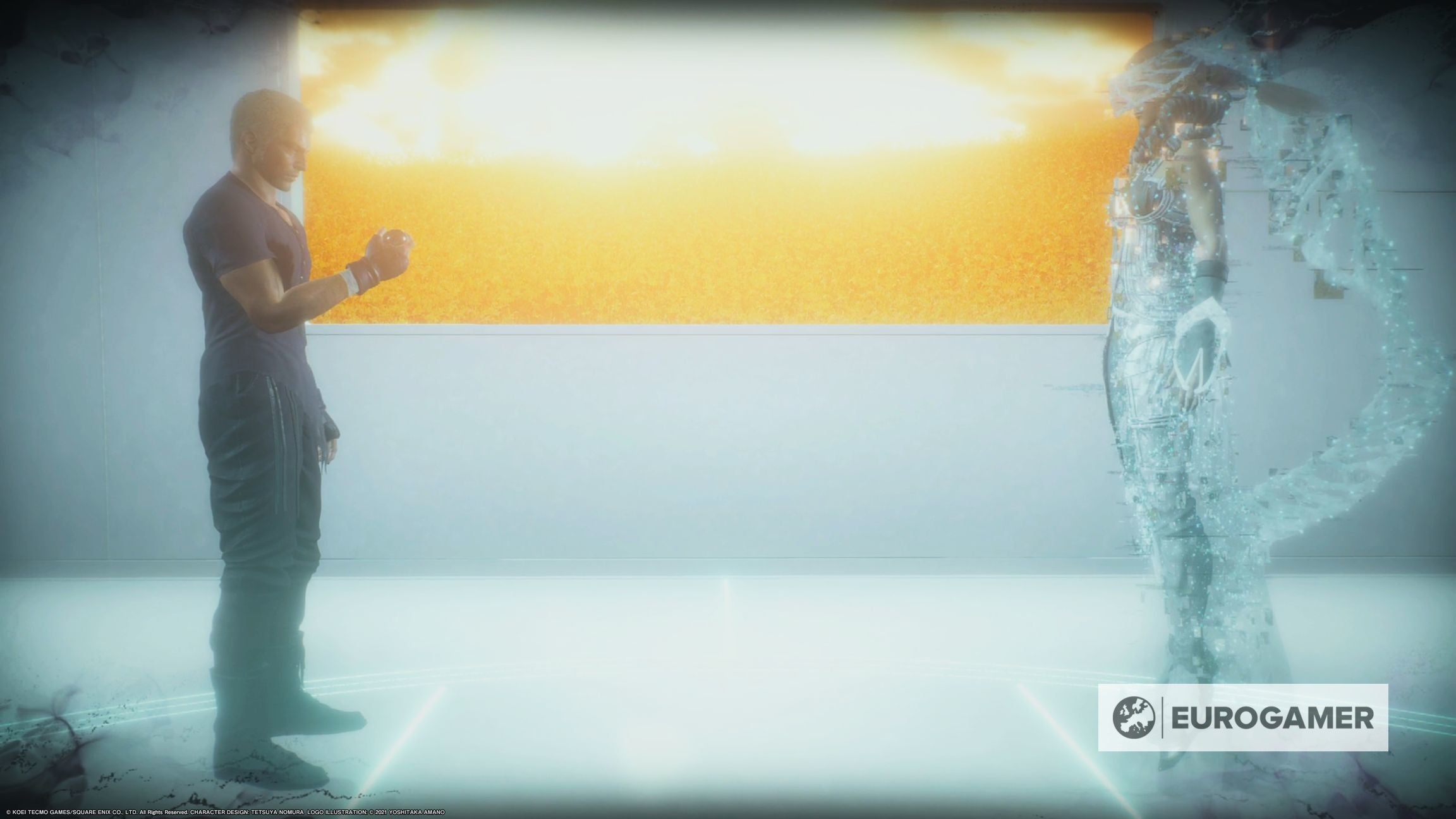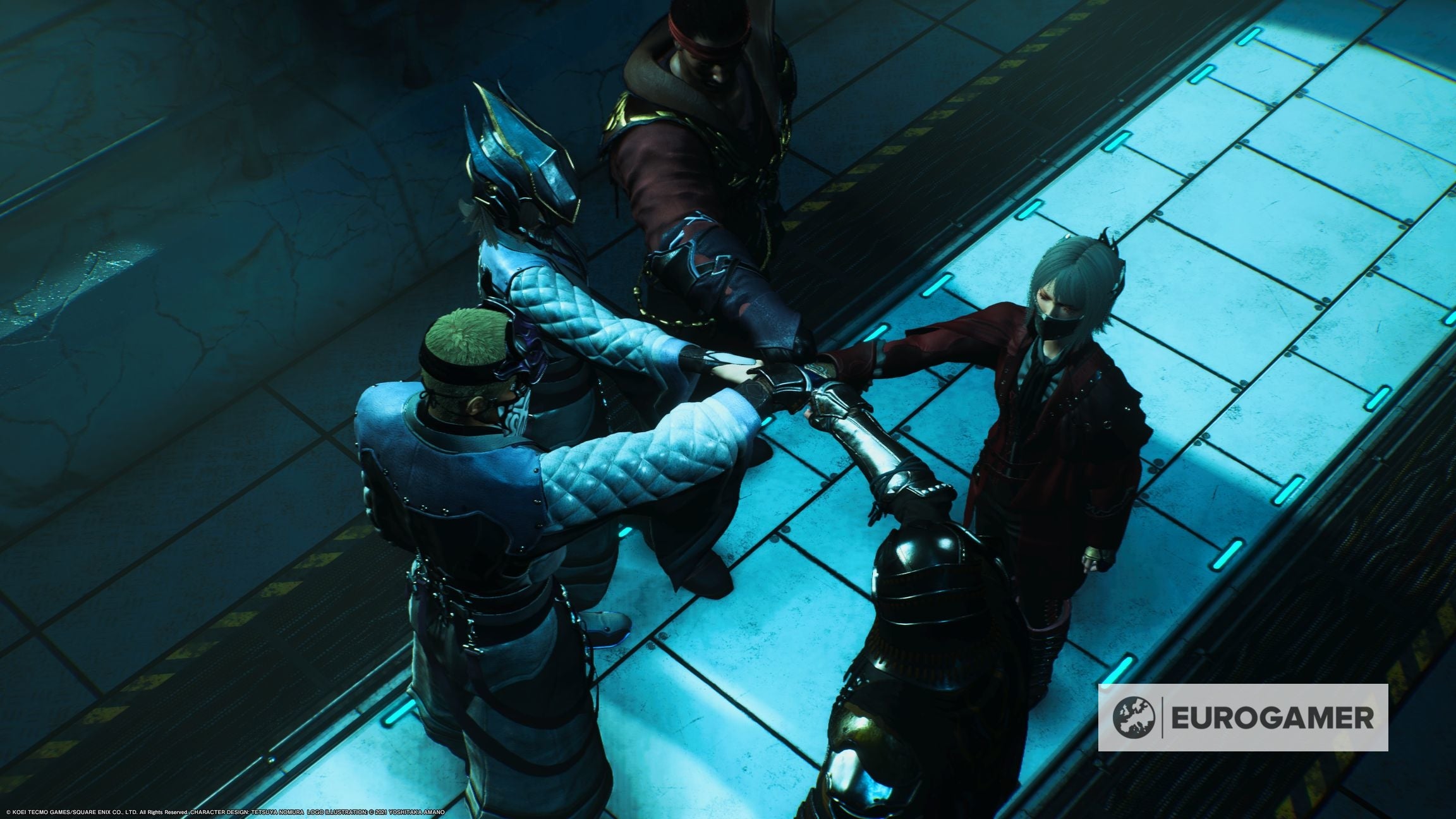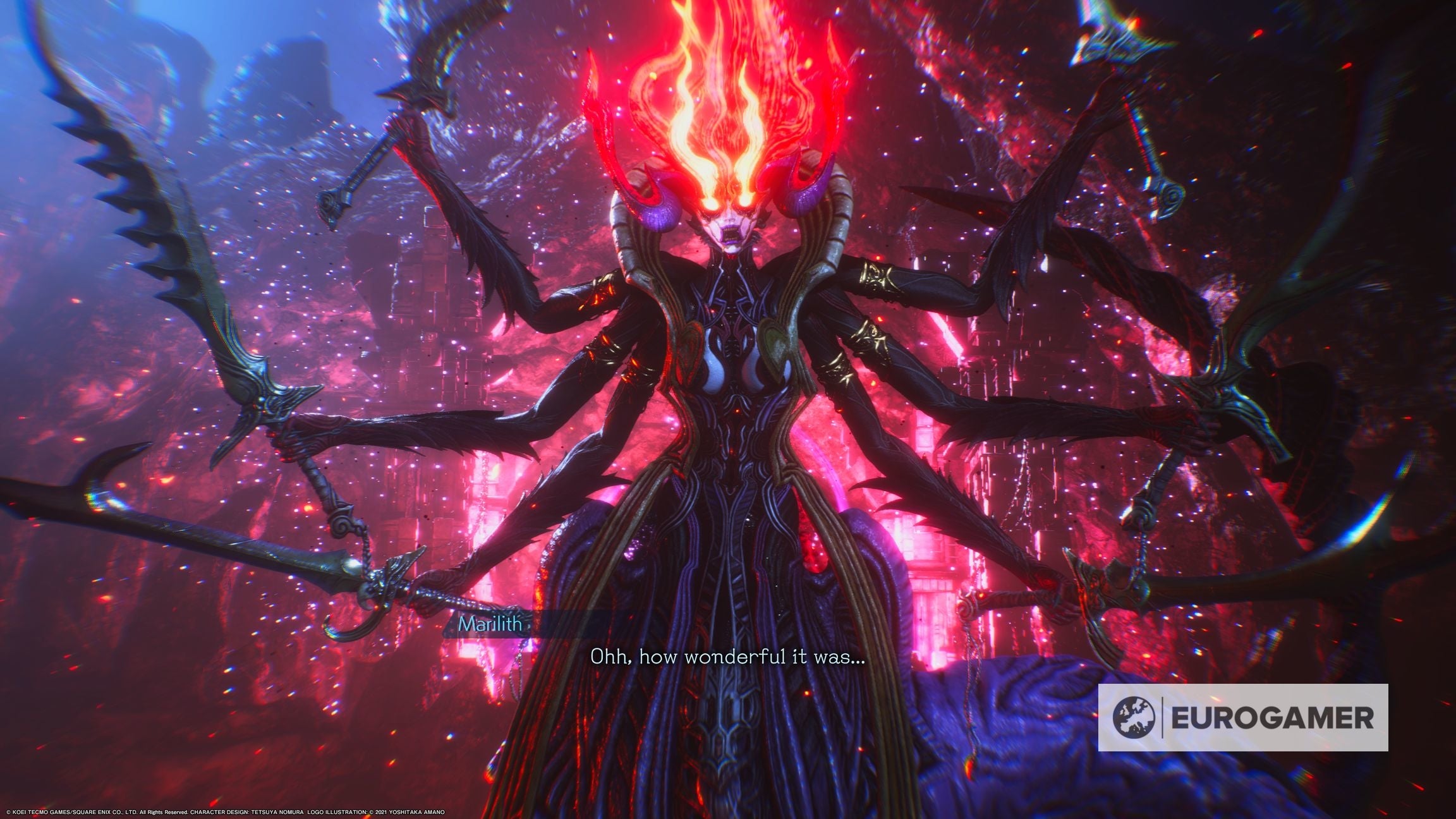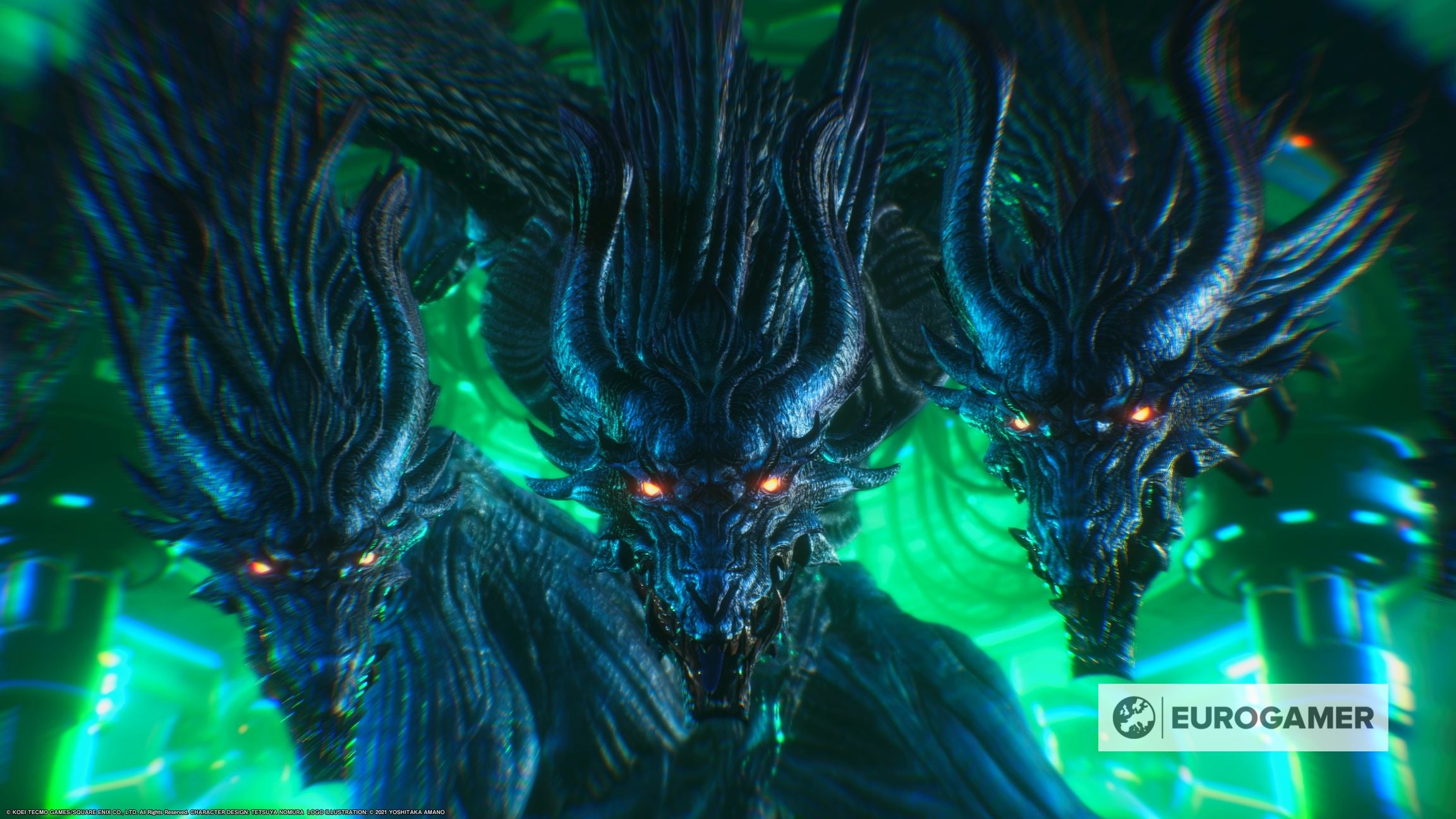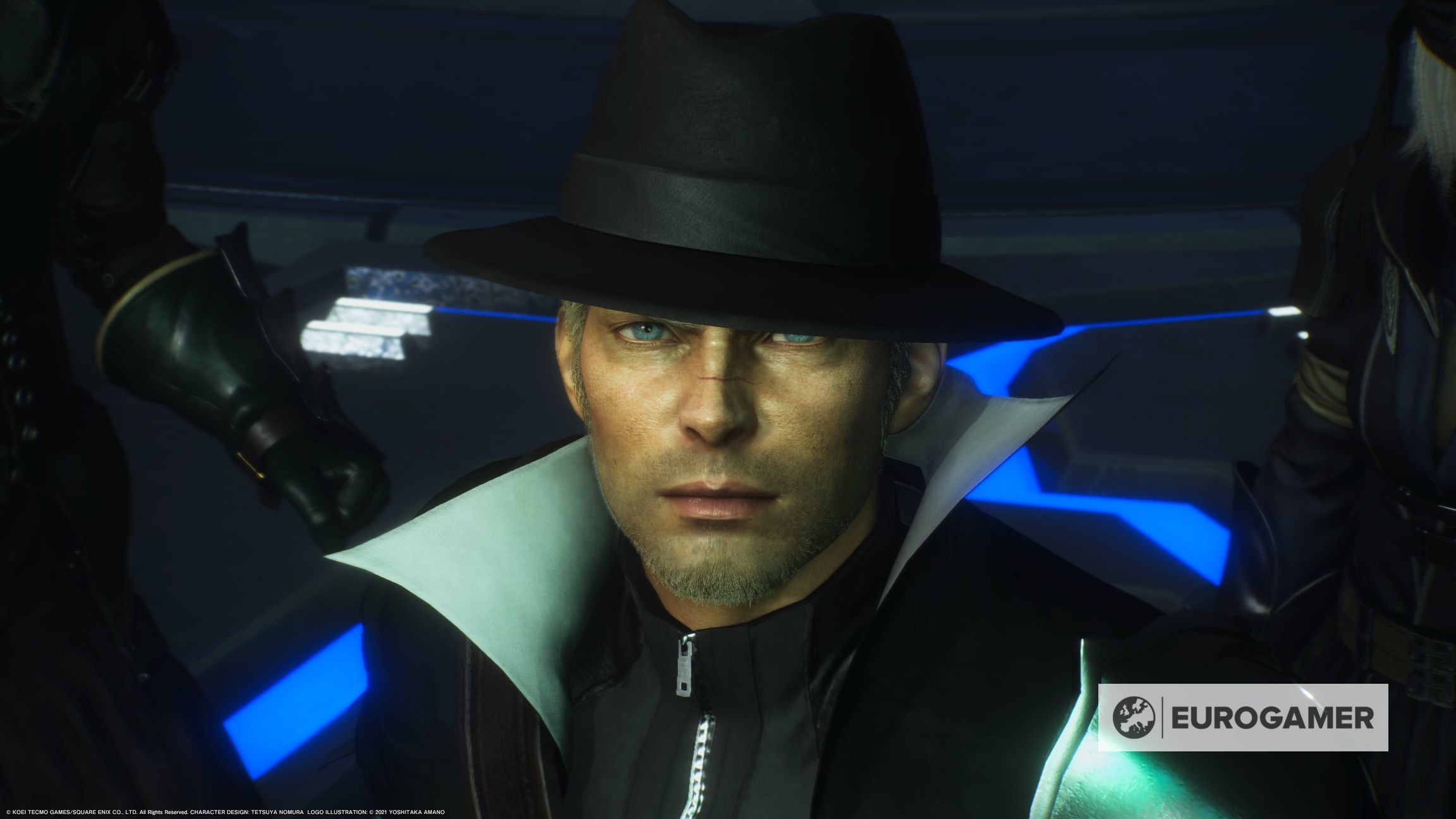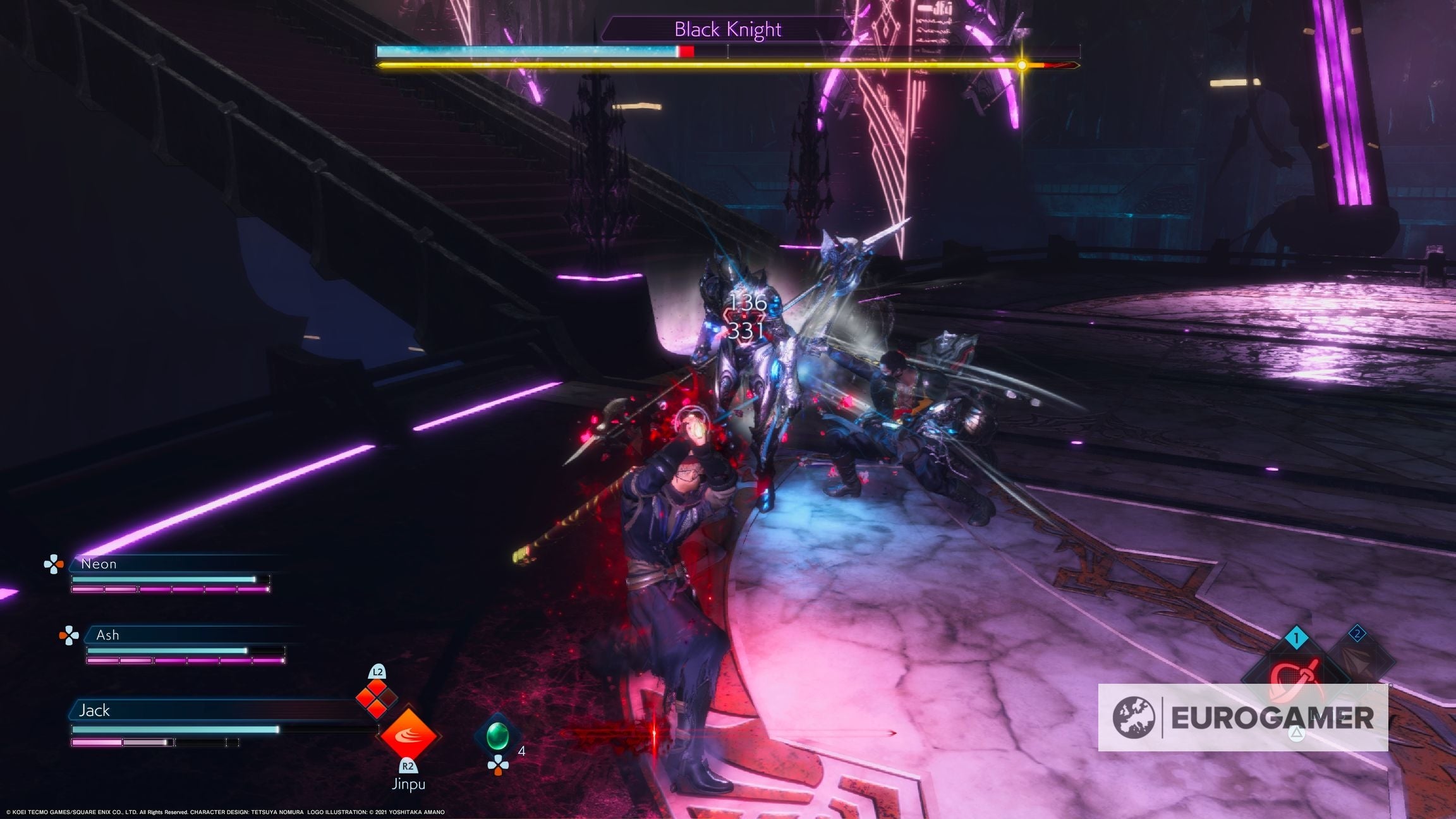This can’t just be boiled down to the worst protagonist created by Tetsuya Nomura in a long time. As much as the developers may cringe at the memes that have been going around since the game’s reveal, it’s not an exaggeration when I say most of what comes out of Jack’s mouth can be summed up as “I have to kill Chaos” and “Where is Chaos?” with nary a hint of humour or charisma to compensate. I am Jack’s complete lack of personality. But in his defence, his allies don’t fare any better. Compared with the lavish production values of Final Fantasy 7 Remake, Stranger of Paradise is straight up B-tier, and while I can abide a camp, trashy romp, much of the presentation just had me laughing for all the wrong reasons. There are shoddily edited cutscenes where audio cuts abruptly, poor audio mixing where dialogue is drowned out by the music, and - despite being an action game - I recommend sticking with Resolution Mode, as visuals are distractingly blurry in Performance Mode, which also has problems maintaining a solid 60FPS. Then there’s the hilariously dreadful script itself. Characters speak either in nebulous jargon or with confused grunts and false-start umms and hmms - the latter not an uncommon tic in Final Fantasy voice-acting but no less irritating. In fairness, the original 8-bit JRPG was hardly known for deep storytelling, where four Warriors of Light come together to rid the world of Chaos (in a twist, Stranger of Paradise ends up with five). Render that same scenario in hyper-realistic 3D cutscenes though, and you have to suspend disbelief over the highest mountain when our initial Strangers meet each other for the first time, offer zero character development and motivation, then go straight to corny fist bumps like best buds. Stranger of Paradise’s saving grace then comes from the gameplay. While mainline Final Fantasy games have already been pivoting towards real-time action, this spin-off goes specifically for the hardcore, Souls-style action that developer Team Ninja, the studio behind Nioh and Nioh 2, is well known for. Indeed, Stranger of Paradise’s combat is cut from a similar cloth as Nioh, albeit with some changes that make this a less masochistic affair. This is after all the first in the genre to include difficulty options, where ‘story mode’ is actually the default, with a further casual option available. As someone who’s enjoyed pouring over many agonising hours in Elden Ring’s dangerous and unforgiving world, and shares the conviction that overcoming those hardships is integral to its design, I have to admit that it’s refreshing having the option to breeze through Stranger of Paradise’s campaign in a fraction of the time of a typical Soulslike - time which would have otherwise been spent on a slow and brutal journey of death and mastery. Less Dark Souls, more God of War, you might say, an apt comparison when you get to execute foes with over-the-top finishers. I am also Jack’s boiling crystallised rage. The Break system that allows for these fantastical glory kills isn’t just a repurposing of Nioh’s Ki gauge. It’s also used in a fascinating Soulshield mechanic, where instead of parrying with the exact timing, you can hold for a much more generous window at the cost of your Break gauge. Successful parries not only refill a magic meter used for special attacks (replacing a typical strong attack and also mapped to the right trigger by default) but also allow you to rush in immediately with a counter hit. It’s only a shame this tactical rhythm of parrying, countering and special attacks is easily undercut when played in story mode, when you can just recklessly hack and slash instead. Regardless of difficulty setting, other concessions also mitigate the usual brick walls of a Soulslike. Similar to Final Fantasy 7 Remake, enemy special attacks are telegraphed with text so you can anticipate without necessarily scrutinising their animations. These are also colour-coded, with red text denoting unblockable attacks like grabs while purples can be absorbed with Soulshield and used as a limited instant ability. Character progression meanwhile is an intriguing combination of Monster Hunter, where your power is based on your equipped gear rather than levels, and Final Fantasy’s job system, with deep skill trees that lead to even more jobs being unlocked, while you’re able to toggle between two jobs at any time. The former means you can go into a mission significantly below the recommended level but also have a chance of gaining the sufficient gear dropped by the first few enemies you encounter. While the latter does require levelling up, you don’t have the equivalent of souls or runes to worry about losing upon death, and you can even fast-track job levels with anima crystals awarded upon completing missions. Comparisons to Capcom’s game make more sense when considering the benefits of multiplayer. While single player already gives you two capable AI companions, partying up also gives you the bonus of sharing a pool of three phoenix downs allowing you to auto-revive (teammates can otherwise revive each other with a spare potion), making encounters even more forgivable. However, Stranger of Paradise also shares Nioh’s shortcomings, namely an overabundance of loot that you’ll be regularly swapping out and dismantling in between missions. Nothing lasts and even the silly outfits lose their novelty once you start seeing the same armour types being recycled with just a higher number or colour. Similarly, the mission-based levels follow a predictable structure, where you can always see a door or ladder that’s going to open up as a shortcut later on, hardly a patch on FromSoftware’s worldbuilding. Although this is a reimagining of Final Fantasy 1 and shares some of that game’s beats, from the trek to the four crystals guarded by four fiends to the recreation of the iconic title screen where silhouettes of the Warriors of Light look back over at Castle Cornelia in the distance (your sojourns in the city itself are less inspired unfortunately), each of the dungeons are actually based on environments from games across the series. It’s a nice bit of fanservice as you recognise a dungeon sharing the motifs of Final Fantasy 7’s Mako Reactor, or an underground tomb with similar traps as Final Fantasy 12’s Tomb of Raithwall, though it also makes this world even less coherent than it already is. I almost have to admire the audacity of how blasé Square Enix is with its own history, and wonder how much of Stranger of Paradise was intended as comedy. Is it irreverence or just laxity? If you thought Final Fantasy 7 Remake took liberties with its source material, at least there seemed to be a purpose and intent behind it. Stranger of Paradise meanwhile feels like an ill-thought fanfic, given free rein to ransack the back catalogue. For those just interested in the combat, though, there’s still a flashy and trashy time to be had, especially if you treat it as a Final Fantasy theme park ride where you get to batter a familiar bestiary - Bombs! Courels! Malboros! - for garishly coloured loot. At the very least, it might make a case for more approachable and less demanding Soulslikes (Soulslites?). Or, like Jack, you might just think, “Bullshit,” and walk away.
